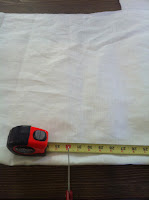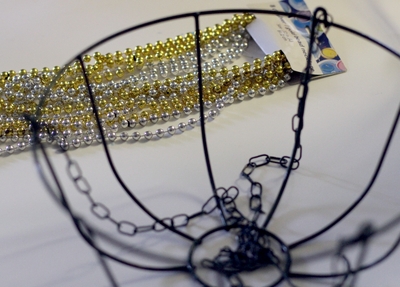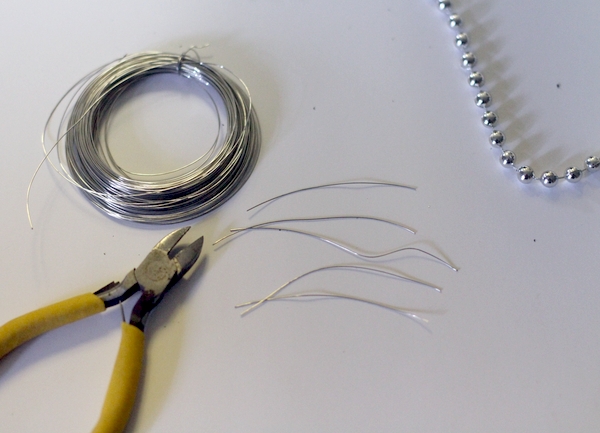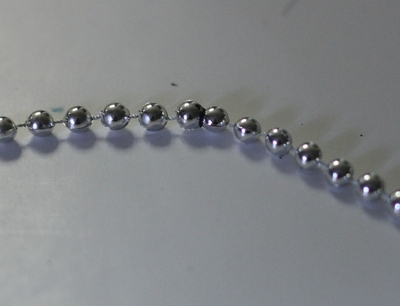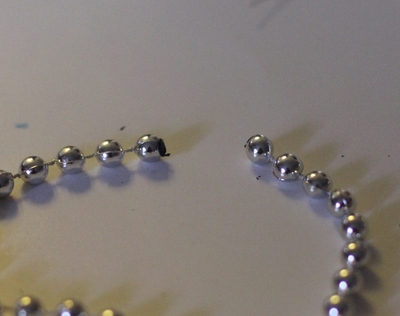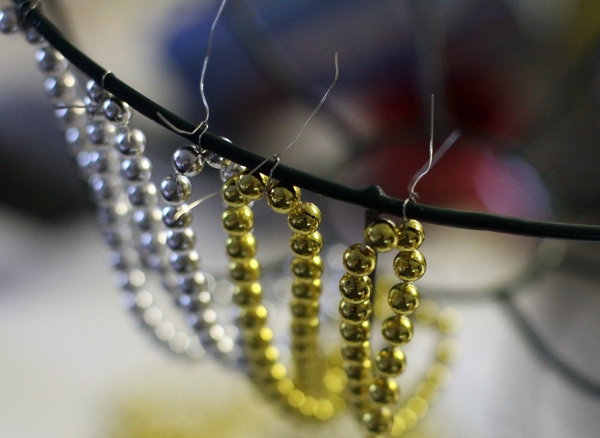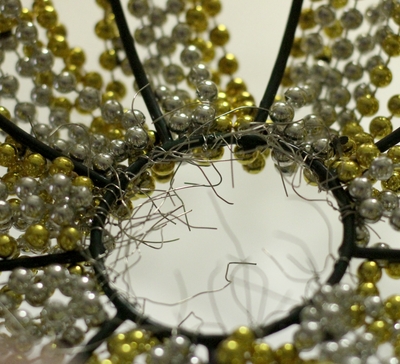I have a slight obsession with nailhead trim. I think it’s an amazing design detail that adds a level of luxe and sophistication to furniture. I am super excited to see the new trend of applying it to furniture pieces such as console tables, benches and desks…it's not just for upholstery anymore!
Below are some of my favorite pieces and the inspiration for my DIY linen and nailhead trim Cabinet (see below).
Heart Norwegian Wood
Catlin Creer Interiors
Decor Pad
Design Manifest
Divine Distractions
Coco Cozy
Decor Pad
Decor Pad
Coco Cozy
Duneier Design
Horchow
Laura Burciaga
Libbie Grove Design
Lindsey Bond
The Lennox
Andrew Martin Furniture
Adeeni Design Group
Andrew Martin Furniture
This is the inspiration piece for my DIY project:
Its LINEN and Nailhead studs....LOVE IT!
It is from Bernhardt Furniture
Here is my BEFORE Cabinet. Its a cheap-o cabinet I bought from IKEA a while back to use for extra storage:
Here is my BEFORE Cabinet. Its a cheap-o cabinet I bought from IKEA a while back to use for extra storage:
And now for the the tutorial:
Spray Mount
Wire Cutters
Scissors
Screw Driver
Screw Driver
Hammer
Ruler
Pencil
Step 1
Step 1
Take off all drawer and door hardware and remove the doors and drawers from the furniture piece.
Step 2
Decide what part of your furniture piece you want to cover in Fabric. I chose to recover my entire cabinet. Next cut the fabric to fit each component of the furniture piece. I cut 5pieces total: 1 large piece (for the top and 2 sides), 2 pieces for the drawers and 2 more pieces for cabinet doors. Cut each piece of fabric about 1” longer and wider to allow for wrapping the fabric and for error.
Step 3
In a WELL VENTALATED AREA apply spray mount to the top of the of your furniture piece or what ever area you choose to recover. Allow 15 seconds for the spray mount to become tacky then apply your fabric using your hands to smooth the fabric getting out all the air bubbles. Repeat this process until all the parts of your furniture piece are covered in fabric.
Step 4
With your glue gun apply glue to the extra allowance of fabric. Fold the fabric under to cover the raw edges and press into the back side of the furniture piece. Do this for each piece of fabric.
Step 5
Scotchgaurd, scotchgaurd, scotchgarud! Oh boy does this apply to me. I have a 1 year old I dubbed the Tasmania Dev
Step 6
Decide on a design. I chose a simple box design with aHollywood regency feel to it. I measured out 2” lines forming a box between the 2 drawers and 2 doors and marked each line with a pencil. You could also do something similar to the inspiration piece with a stencil.
Decide on a design. I chose a simple box design with a
Step 7
Apply the nailhead trim. Using your pencil lines as a guide, apply the nailhead trim. You have 2 options for trim. You can use the individual nailheads or the continuous strip of nails. I do think the individual nailheads provide a better look and they are especially good to use if your design includes any curves or circles. However I chose to use continuous strips of nails because they help keep your lines straight and cut down on time!
Apply the nailhead trim. Using your pencil lines as a guide, apply the nailhead trim. You have 2 options for trim. You can use the individual nailheads or the continuous strip of nails. I do think the individual nailheads provide a better look and they are especially good to use if your design includes any curves or circles. However I chose to use continuous strips of nails because they help keep your lines straight and cut down on time!
AFTER- Linen and Nailhead Trim Cabinet
Good Luck!
Denise
Denise


